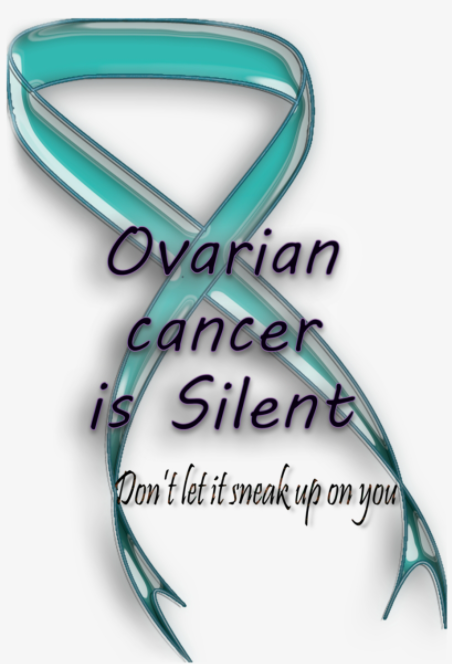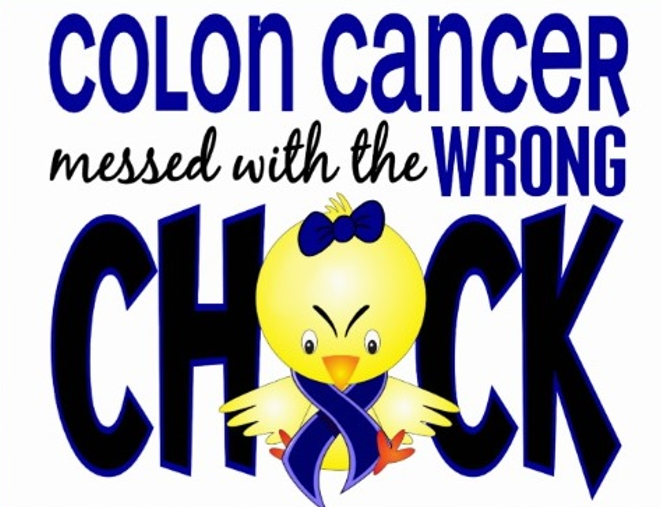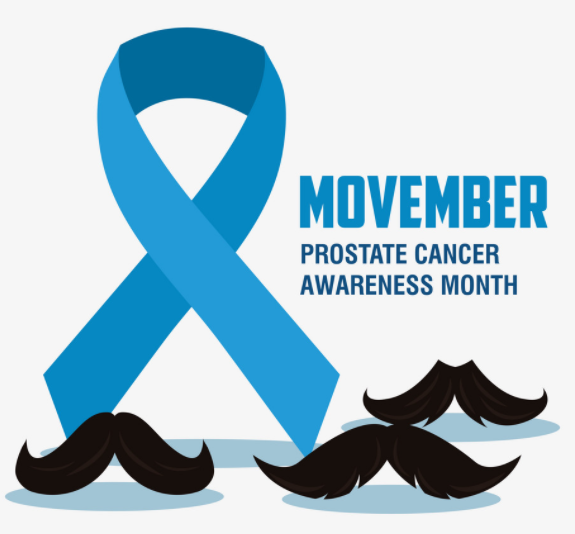“A substantial proportion of cancers could be prevented, including all cancers caused by tobacco use and other unhealthy behaviors. According to a recent study by American Cancer Society researchers, at least 42% of newly diagnosed cancers in the US – about 740,000 cases in 2019 – are potentially avoidable, including the 19% of all cancers that are caused by smoking and the 18% that are caused by a combination of excess body weight, physical inactivity, excess alcohol consumption, and poor nutrition. Certain cancers caused by infectious agents, such as human papillomavirus (HPV), hepatitis B virus (HBV), hepatitis C virus (HCV), and Helicobacter pylori (H. pylori), could be prevented through behavioral changes or vaccination to avoid the infection, or treatment of the infection. Many of the more than 5 million skin cancer cases that are diagnosed annually could be prevented by protecting skin from excessive sun exposure and not using indoor tanning devices.
Screening can help prevent colorectal and cervical cancers by detecting precancerous lesions that can be removed. It can also detect some cancers early, when treatment is more often successful. Screening is known to help reduce mortality for cancers of the breast, colon, rectum, cervix, prostate, and lung (among current or former heavy smokers). In addition, a heightened awareness of changes in certain parts of the body, such as the breast, skin, mouth, eyes, or genitalia, may also result in the early detection of cancer.” -American Cancer Society

Signs and Symptoms: Early ovarian cancer usually has no obvious symptoms. However, studies indicate that some women experience persistent, nonspecific symptoms, such as back pain, bloating, pelvic or abdominal pain, difficulty eating or feeling full quickly or urinary urgency or frequency in the months before diagnosis...

Major risk factors: include a personal or family history of melanoma and the presence of atypical, large, or numerous (more than 50) moles. Heavy exposure to ultraviolet (UV) radiation, from sunlight or the use of indoor tanning, is a risk factor for all types of skin cancer, and indoor tanning devices are classified as ...

Risk factors:Older age are the strongest risk factors for breast cancer. Potentially modifiable factors that increase risk include: weight gain after the age of 18 and/or being overweight or obese (for postmenopausal breast cancer), menopausal hormone therapy (combined estrogen and progestin), alcohol consumption...

Colorectal cancer: incidence has been declining for several decades due to changes in risk factor exposures and the uptake of screening. However, the overall trend is driven by older adults (who have the highest rates) and masks increasing incidence in younger age groups....

Risk factors:Cigarette smoking is by far the most important risk factor for lung cancer; 81% of lung cancer deaths in the US are still caused by smoking. Risk increases with both quantity and duration of smoking. Cigar and pipe smoking also increase risk. Exposure to radon gas, ....

Risk factors:Well-established risk factors for prostate cancer are increasing age, African ancestry, a family history of the disease, and certain inherited genetic conditions (e.g., Lynch syndrome and BRCA1 and BRCA2 mutations). Genetic studies suggest...

Genetic disorders. Genetic abnormalities seem to play a role in the development of leukemia. Certain genetic disorders, such as Down syndrome, are associated with an increased risk of leukemia. Exposure to certain chemicals. Exposure to certain chemicals, such as benzene — which is found in gasoline and is used by the chemical industry — is linked to an increased risk of some kinds ...

Cervical cancer is a type of cancer that occurs in the cells of the cervix — the lower part of the uterus that connects to the vagina. Various rains of the human papillomavirus (HPV), a sexually transmitted infection, play a role in causing most cervical cancer. When exposed to HPV, the body's immune system typically prevents the virus from doing harm. In small percentage of people ...